New development cycle
Many economic and real estate experts share the same opinion that the new development space of Ho Chi Minh City is currently opening up opportunities to form a modern, livable megacity, a financial, production, logistics and innovation center of the region and the world, continuing to affirm its economic leadership, developing an innovation ecosystem, startups and new economic trends.
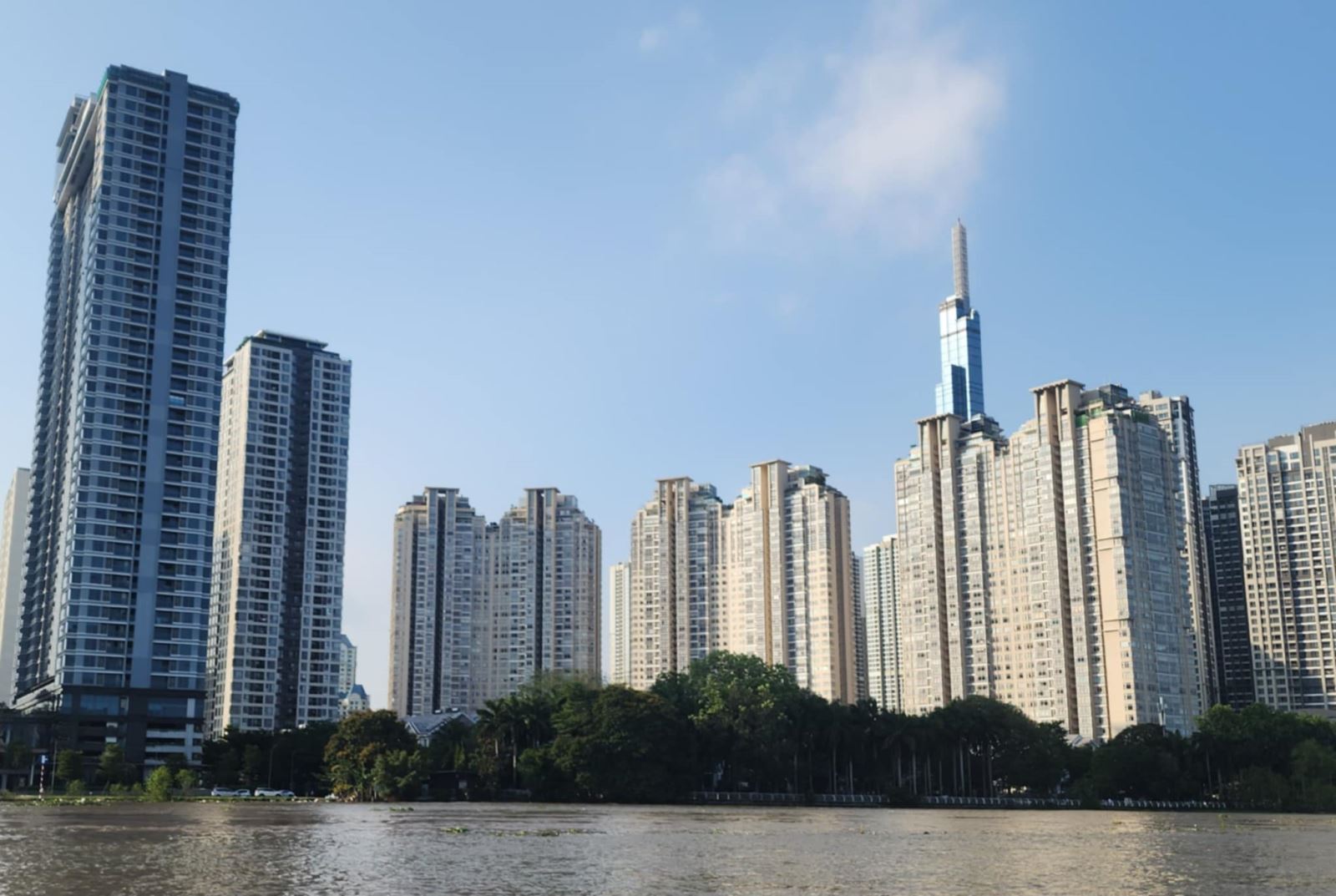
In that context, the real estate market in Ho Chi Minh City, especially the Northeast axis, is receiving positive signals and is considered the center of investment attraction, especially in the apartment segment, contributing to the creation of a civilized and modern urban appearance. Thanks to the "three-legged" strength including: Dynamic economy, synchronous infrastructure development and strong population attraction, this area always welcomes new investment waves, helping the real estate market maintain a stable development pace throughout the country.
According to statistics from the Vietnam Real Estate Association (Vnrea), 1 in 5 people living here are new immigrants, mainly coming from other localities to work in large industrial parks. Thanks to that, the housing demand here has become a real and stable long-term need. In addition, many key infrastructure projects are being implemented, including: National Highway 13, Ho Chi Minh City Ring Road 3, Ho Chi Minh City - Thu Dau Mot - Chon Thanh Expressway, Ring Road 4, elevated urban railway No. 2, Metro No. 3B... have opened up space for real estate development, bringing confidence in price increases for investors from all over.
According to Journalist Pham Nguyen Toan, Vice President of Vnrea, Editor-in-Chief of Vietnam Real Estate Electronic Magazine, the new development cycle of the Ho Chi Minh City real estate market is starting from a megacity with a scale of more than 6,700 km2, more than 14 million people, GRDP of nearly 2.4 million billion VND, contributing 1/4 of the national budget. Each locality merged in the new structure has its own mission, complementing each other: Ho Chi Minh City is a bustling urban center with a multi-industry economic ecosystem; Binh Duong province is a fast-growing, dynamic industrial center and Ba Ria - Vung Tau province possesses strategic strengths in sea, ports and tourism.
Currently, the Northeast area of Ho Chi Minh City is one step ahead in the race to catch the investment wave, with a series of opportunities such as: Real estate becomes the focus after the merger, infrastructure accelerates expansion, apartment segments lead the market, due to the large real estate demand, the demand for real estate rental with the highest profit rate in the country, a typical project located right on the front of National Highway 13 La Pura - an all-in-one urban area that is attracting investors... This is not a random development, but the result of a planning and infrastructure investment process that has lasted for nearly three decades...
It can be said that while the real estate price level in the North and some other key markets is anchored at a high level, profit margins are increasingly narrowing, the Northeast area of Ho Chi Minh City is at the starting point of a new, more attractive and sustainable growth cycle. According to the review of the Vietnam Real Estate Research Institute, the "Southward" wave of Northern investors into projects with real demand in this area in the first 6 months of 2025 is a clear signal of the shift of strategic cash flow.
Regarding this issue, Dr. Can Van Luc, member of the Prime Minister's Policy Advisory Council and chief economist of BIDV, said that the real estate market in Ho Chi Minh City after the merger is not only nearly twice as large in scale, but the real estate structure has also become more diverse and richer thanks to the huge demand for housing from workers and experts, which other areas do not have much...
Investment opportunities
From the above reality, Dr. Nguyen Si Dung, member of the Prime Minister's Policy Advisory Council, former Deputy Head of the National Assembly Office, identified 3 opportunities for investors. The urban market has transformed into a regional market with an expanded development space without geographical boundaries, stretching along the regional connection axis from Thu Duc to Bien Hoa in the Northeast, to Long Thanh, Nhon Trach in the East, to Ba Ria, Ho Tram in the Southeast. The corridor for industrial, logistics, urban and resort real estate development associated with Ring Road 3, Ho Chi Minh City - Long Thanh - Dau Giay Expressway... will create space for a sustainable housing market.
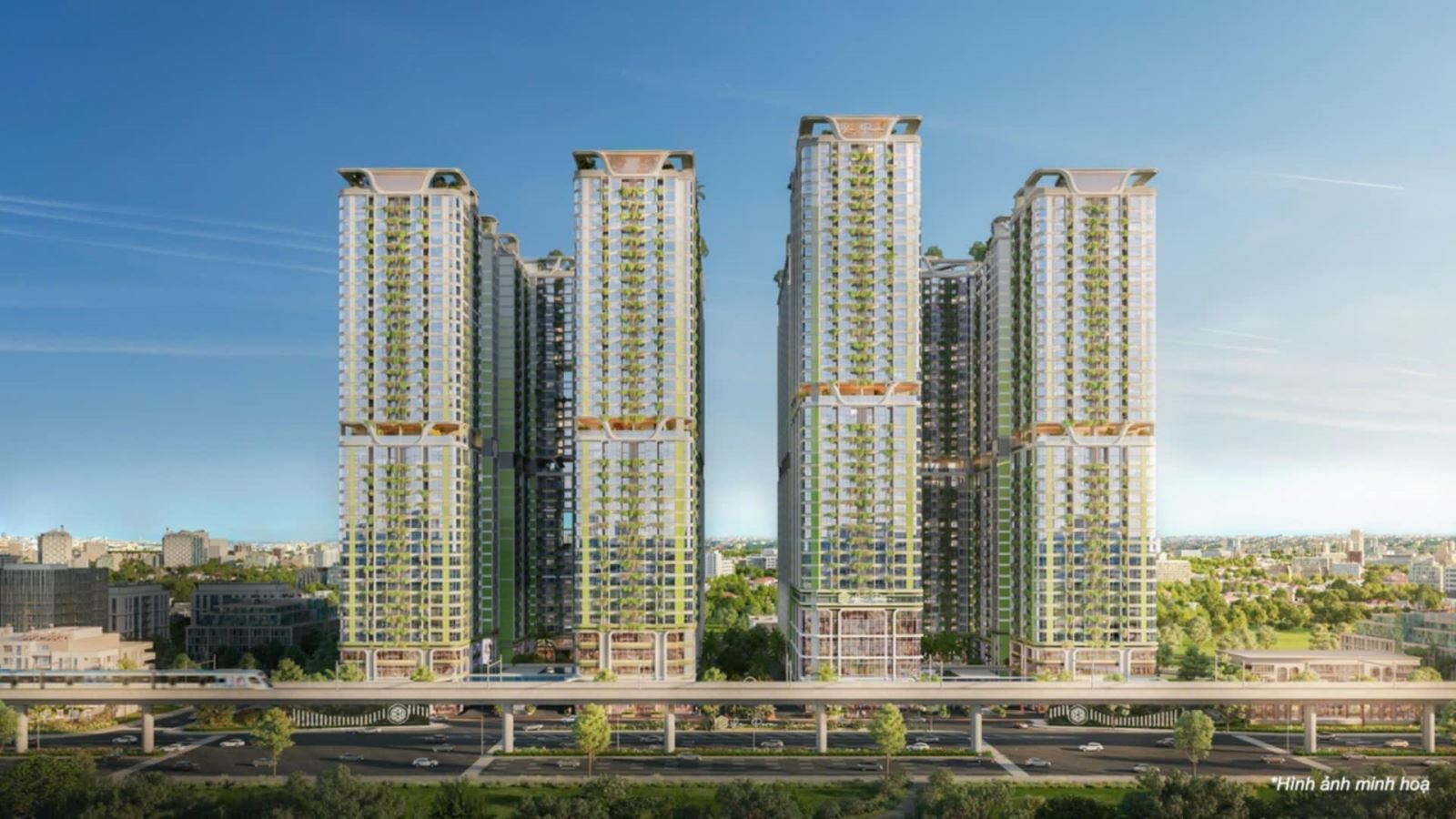
On the other hand, the Northeast axis is an opportunity to form a new real estate growth pole, stretching from Thu Duc to Di An, Thuan An, old Binh Duong, Bien Hoa, Long Thanh... converging modern infrastructure including highways, metro, airports, seaports, with a young population and abundant labor force, large industrial parks and universities and creating land funds for long-term development. If planned and coordinated properly, this will become the most attractive investment destination for international real estate development funds.
In addition, unlike previous periods, when real estate mainly followed short-term waves and individual planning information, the new cycle will be led by strong institutions, reducing risks and creating a long-term foundation; clear regional planning increases transparency and predictability; large-scale infrastructure increases the intrinsic value of assets; digital transformation makes the market transparent, attracts large organizations and limits speculation.
From a planning perspective, according to Dr. Architect Truong Van Quang, Deputy General Secretary of the Vietnam Urban Planning and Development Association, the above integration will create a multi-pillar model to develop Ho Chi Minh City into a global city in the future. However, the growth poles of the new city need to have new master planning adjustments after the merger. Therefore, the Southern key economic zone will certainly be adjusted in the coming time on the basis of inheriting the potential advantages of the three old localities.
From the market perspective, Vice President of Vnrea, Dr. Nguyen Van Dinh, said that about 5 years ago, the real estate market of Binh Duong (old) began to see more housing and apartment projects. Meanwhile, Ho Chi Minh City was in a state of shortage of supply and high real estate prices, so many investors from the North and the South tended to invest in this market.
"Binh Duong (old) is a niche market of Ho Chi Minh City. However, this niche market has great potential, with market prices ranging from 40 - 50 million VND/m2, suitable for most investors. But after merging with Ho Chi Minh City, Binh Duong will become a city within a city, leading to an increase in real estate value and the quality of projects will also be upgraded... After the merger, the product structure of the real estate market in Ho Chi Minh City will be diversified and adjusted to better suit the needs of the market that is reshaping and growing strongly, creating attractive investment opportunities for investors," said Dr. Nguyen Van Dinh.
To shape a new development cycle and identify clear opportunities, real estate experts say that Ho Chi Minh City needs to quickly complete and smoothly operate the new government apparatus after the merger, including enhancing dialogue, exchange, grasping the new area, ensuring adequate conditions for accommodation, work and travel for cadres, civil servants and their families; effectively implementing preferential policies and special mechanisms of the Central Government to create a solid policy foundation for urban development orientation.
At the same time, it is necessary to complete the planning and development of modern, multi-center urban spaces, in which the master plan until 2050 (according to Decision 1711/QD-TTg) in the direction of multi-center mega-urban areas plays an important role, with satellite cities such as Thu Duc, Northwest Cu Chi, Can Gio, Hoc Mon, Thu Thiem, South Saigon and new urban areas in Binh Duong, Ba Ria - Vung Tau... contributing to reducing the load on the central area.
Source: https://doanhnghiepvn.vn/kinh-te/nhan-dien-co-hoi-dau-tu-bat-dong-san-tai-tp-ho-chi-minh/20250714080647493












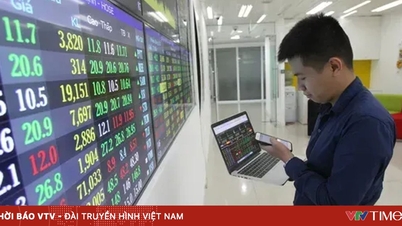



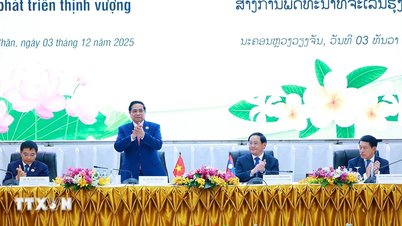


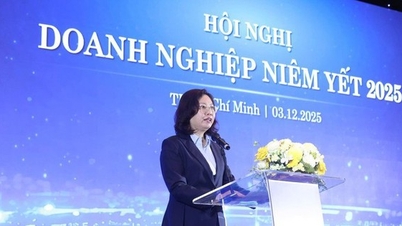

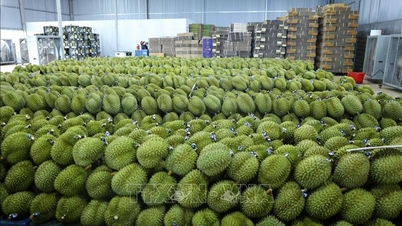


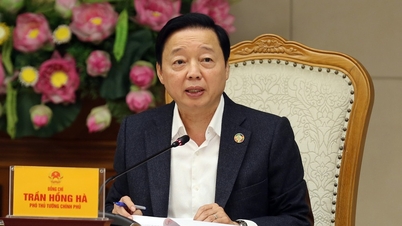
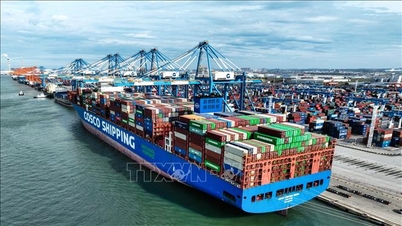






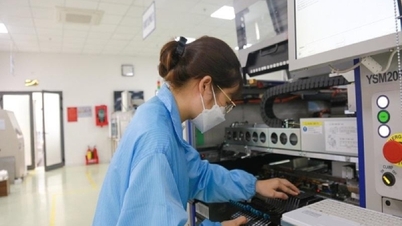



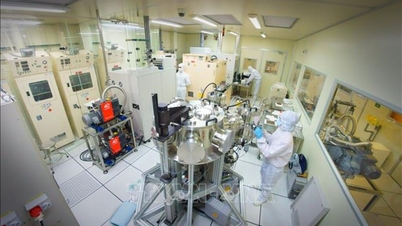
![[Photo] Parade to celebrate the 50th anniversary of Laos' National Day](/_next/image?url=https%3A%2F%2Fvphoto.vietnam.vn%2Fthumb%2F1200x675%2Fvietnam%2Fresource%2FIMAGE%2F2025%2F12%2F02%2F1764691918289_ndo_br_0-jpg.webp&w=3840&q=75)
![[Photo] Worshiping the Tuyet Son statue - a nearly 400-year-old treasure at Keo Pagoda](/_next/image?url=https%3A%2F%2Fvphoto.vietnam.vn%2Fthumb%2F1200x675%2Fvietnam%2Fresource%2FIMAGE%2F2025%2F12%2F02%2F1764679323086_ndo_br_tempimageomw0hi-4884-jpg.webp&w=3840&q=75)
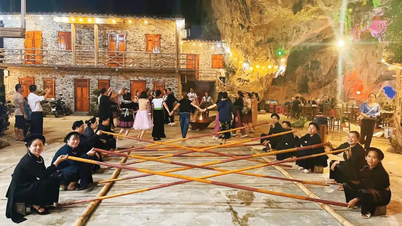



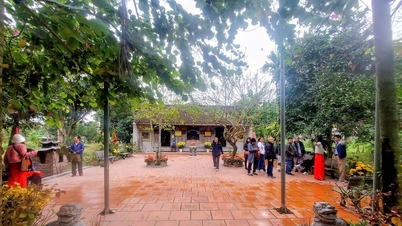















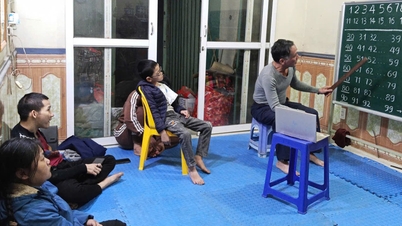

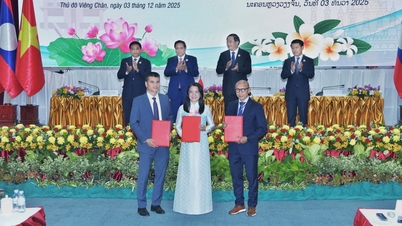



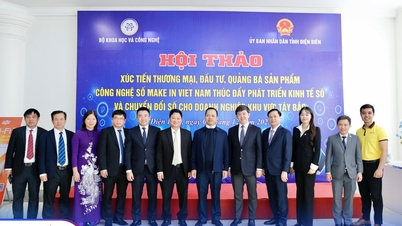
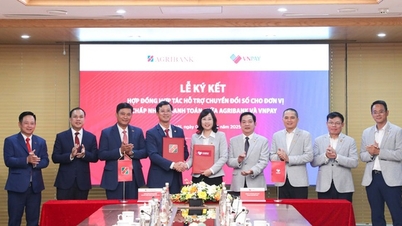








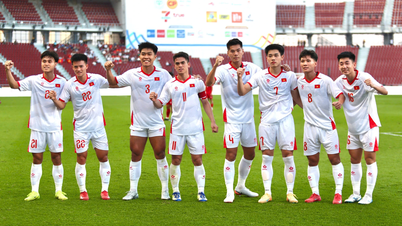












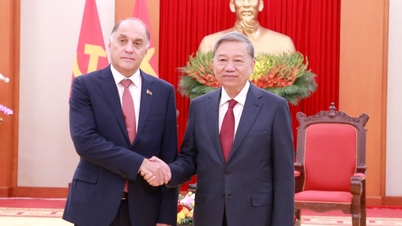


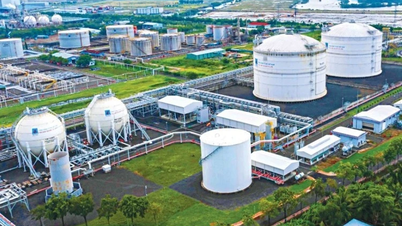

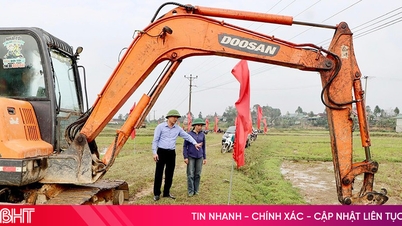


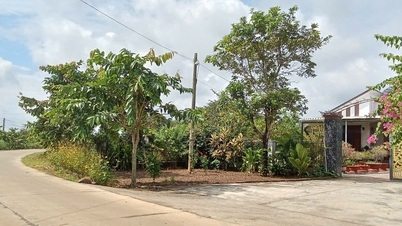
















Comment (0)